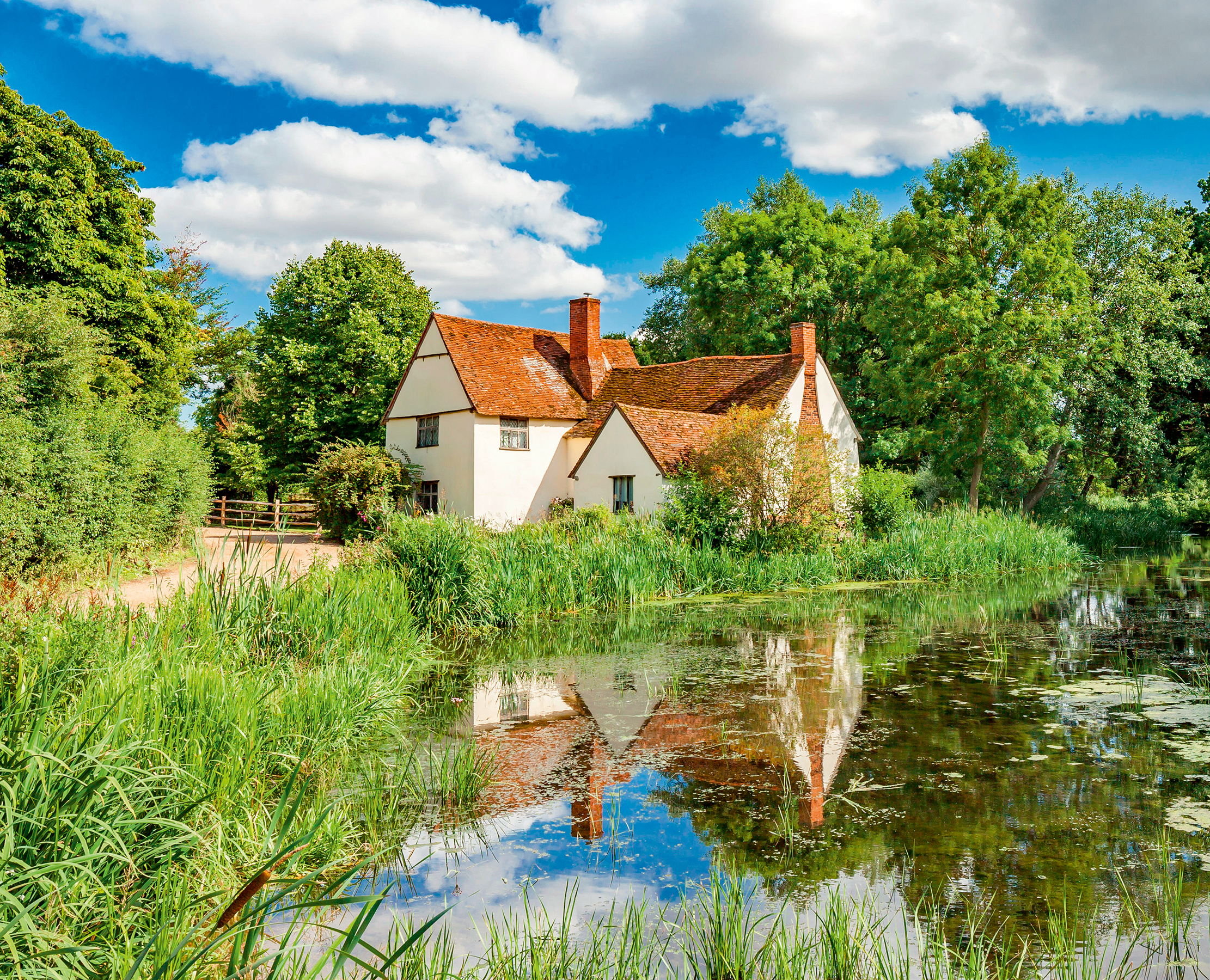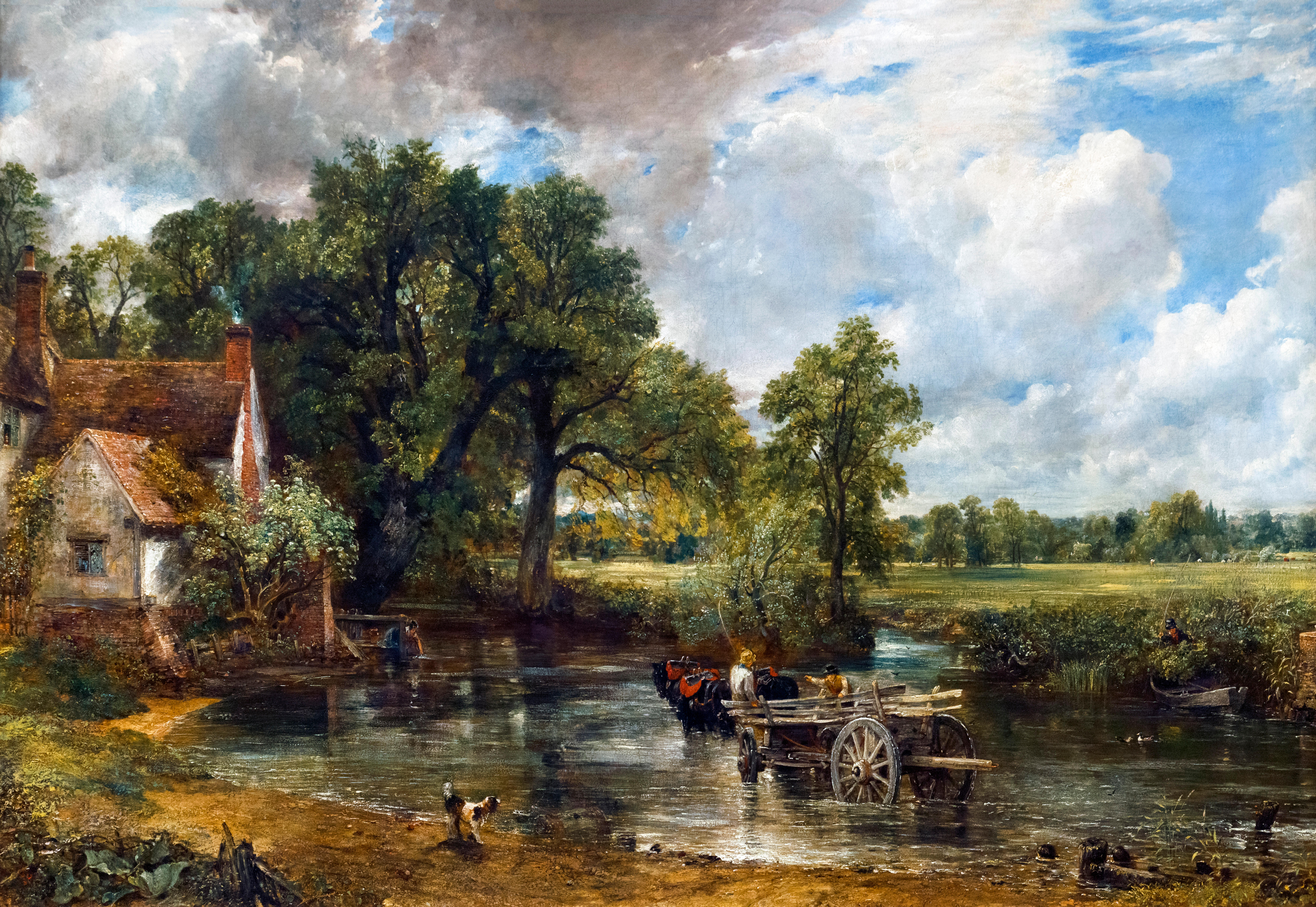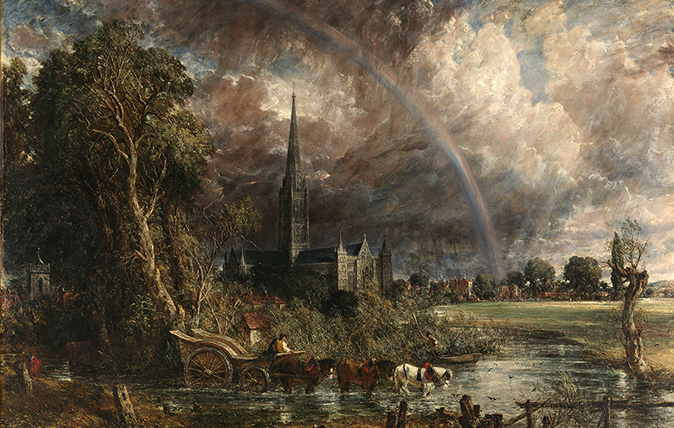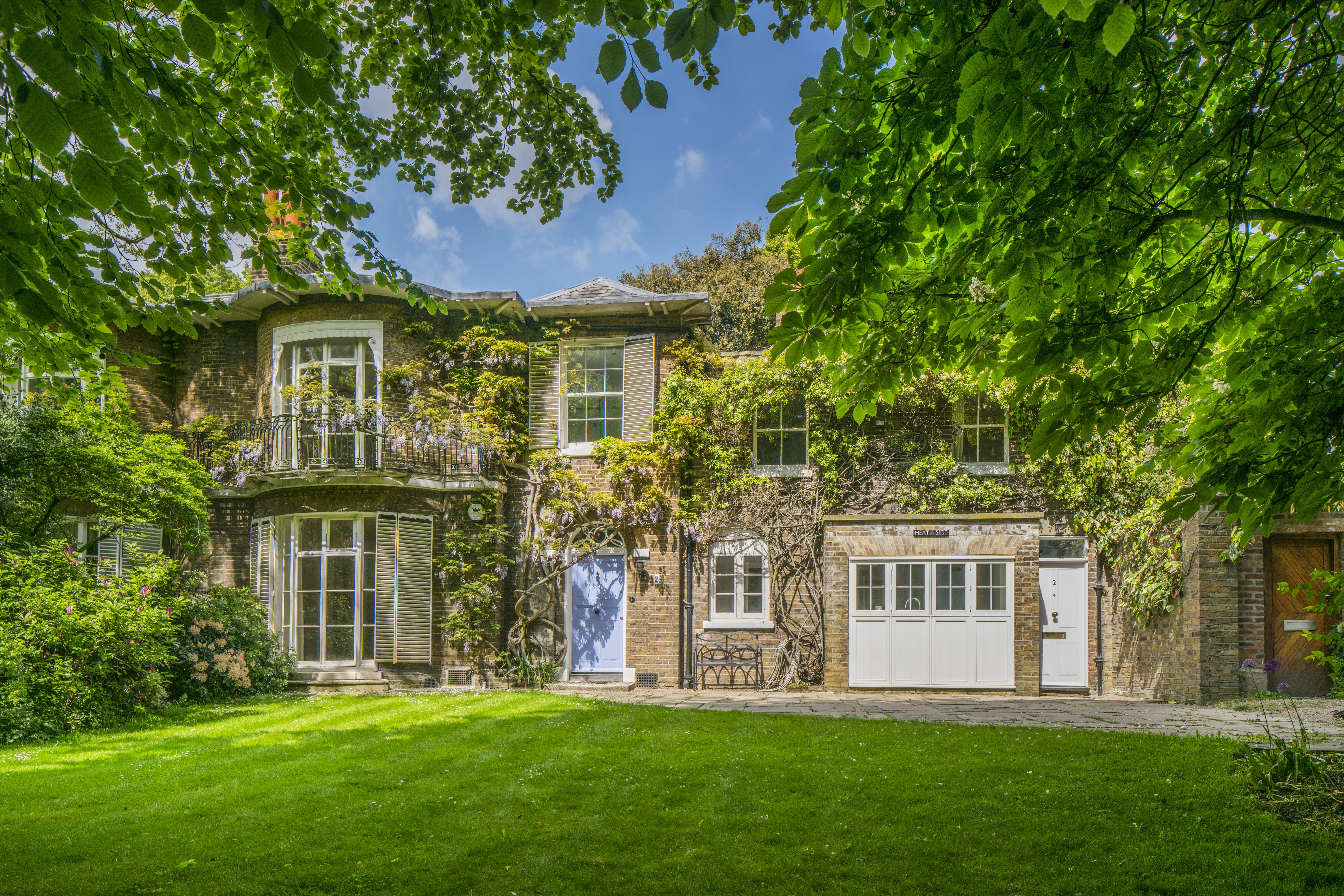In Focus: The village and cottage featured in Constable's The Hay Wain, the the ultimate image of English country life
Kate Green takes a look at the village of Flatford, in the Dedham Vale AONB, and in particular the cottage that inspired John Constable's most famous painting: The Hay Wain.


Flatford in Suffolk may be the most famous hamlet in England, thanks to John Constable. The painter was born in the next-door village of East Bergholt in the Dedham Vale AONB, which celebrates its 50th anniversary this year. His most famous painting, The Hay Wain, is of the village and features Willy Lott’s cottage, which you’ll see on this page.
Willy Lott himself became famous thanks to Constable, but only after his death. A tenant farmer who died, aged 88, in 1849, Lott reputedly only left his house for four nights and couldn’t read or write.
An Ipswich philanthropist, Thomas Parkington, took on the derelict house in 1926, agreeing to bequeath it to the National Trust. He died in near bankruptcy, so the Trust bought the house, but his widow later offered to return the money.
The painting itself, originally titled 'Landscape: Noon', hangs in the National Gallery.

When Constable wrote of ‘The sound of water escaping from Mill dams’ and ‘Willows, Old rotten Banks, slimy posts, & brickwork. I love such things’, he evoked a bucolic landscape of sleepy mills, whispering bulrushes and placid cattle cooling in the meanders of the Stour.
A Country Life article in October 1903 exploring the theories of the 19th-century critic Hippolyte Taine examined whether Constable’s art could have sprung from any other country or climate and whether his success came from his ‘insularity’. ‘Are not Dedham Vale and the showery English summers answerable for the Constable landscape?’ the writer asked. ‘It would be difficult to find more characteristically English scenes than we find in this Suffolk valley. Even Stratford-on-Avon is not more English. The great elms along the roadsides, the rivers, the locks, the quaint farmhouses and rustic bridges…’
https://youtu.be/Bs6h7w91BU0
Exquisite houses, the beauty of Nature, and how to get the most from your life, straight to your inbox.
Constable’s predecessor, Thomas Gainsborough, was also born close to Dedham Vale, at Sudbury (where his house has become a museum), and used it as a backdrop for much early work, as well as the famous portrait Mr and Mrs Andrews (1750).
The Stour Valley — the river rises near Newmarket and flows east to the coast — inspired Sir Alfred Munnings, too; his Castle House at Dedham, Essex, also a museum now, houses vivid local landscapes, notably variants of the dreamy White Canoe on the Stour (1930s), as well as his equestrian and wartime works.

Constable ‘added rainbow after his masterpiece first went on display’

'One of the finest period houses in Hampstead village' comes up for sale, beside the heath that inspired Keats and Constable
Ideal for entertaining, this magnificent period property is less than one minute away from the green expanse that inspired Constable.

Police dogs: The fearsome law enforcers who still fit into family life
Dogs have been used for law enforcement since the Middle Ages – and the modern police often owe just as much
Kate is the author of 10 books and has worked as an equestrian reporter at four Olympic Games. She has returned to the area of her birth, west Somerset, to be near her favourite place, Exmoor. She lives with her Jack Russell terrier Checkers.
